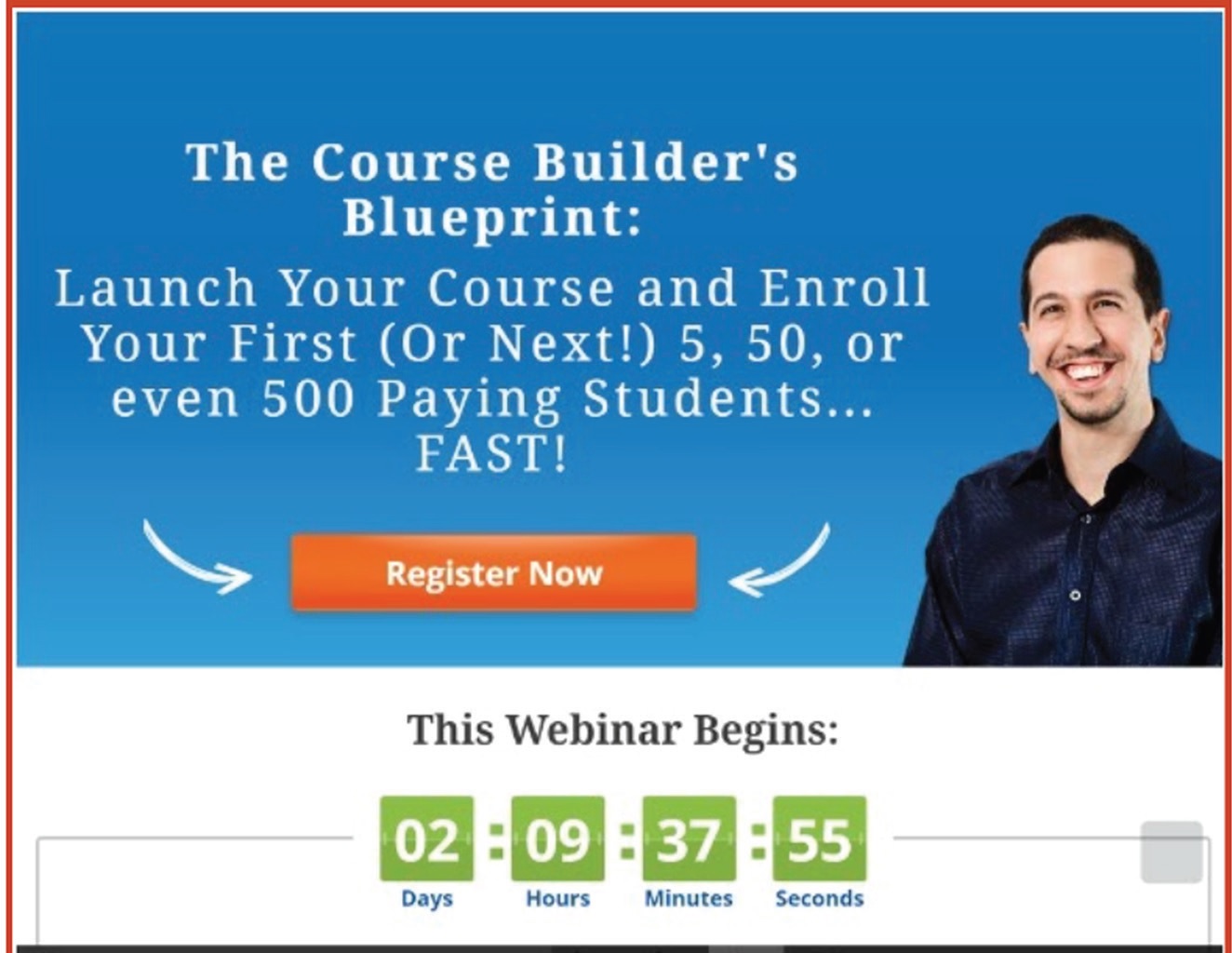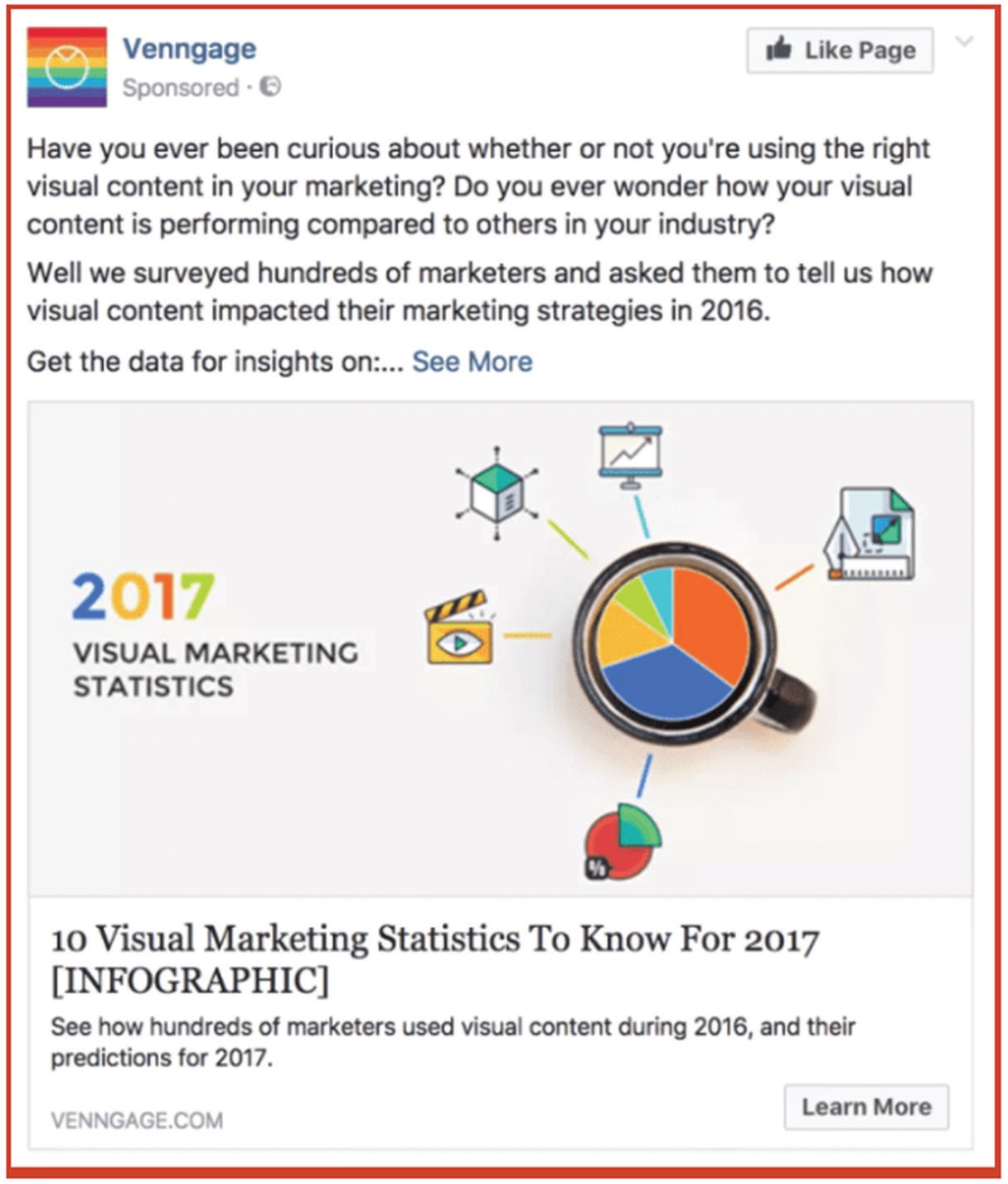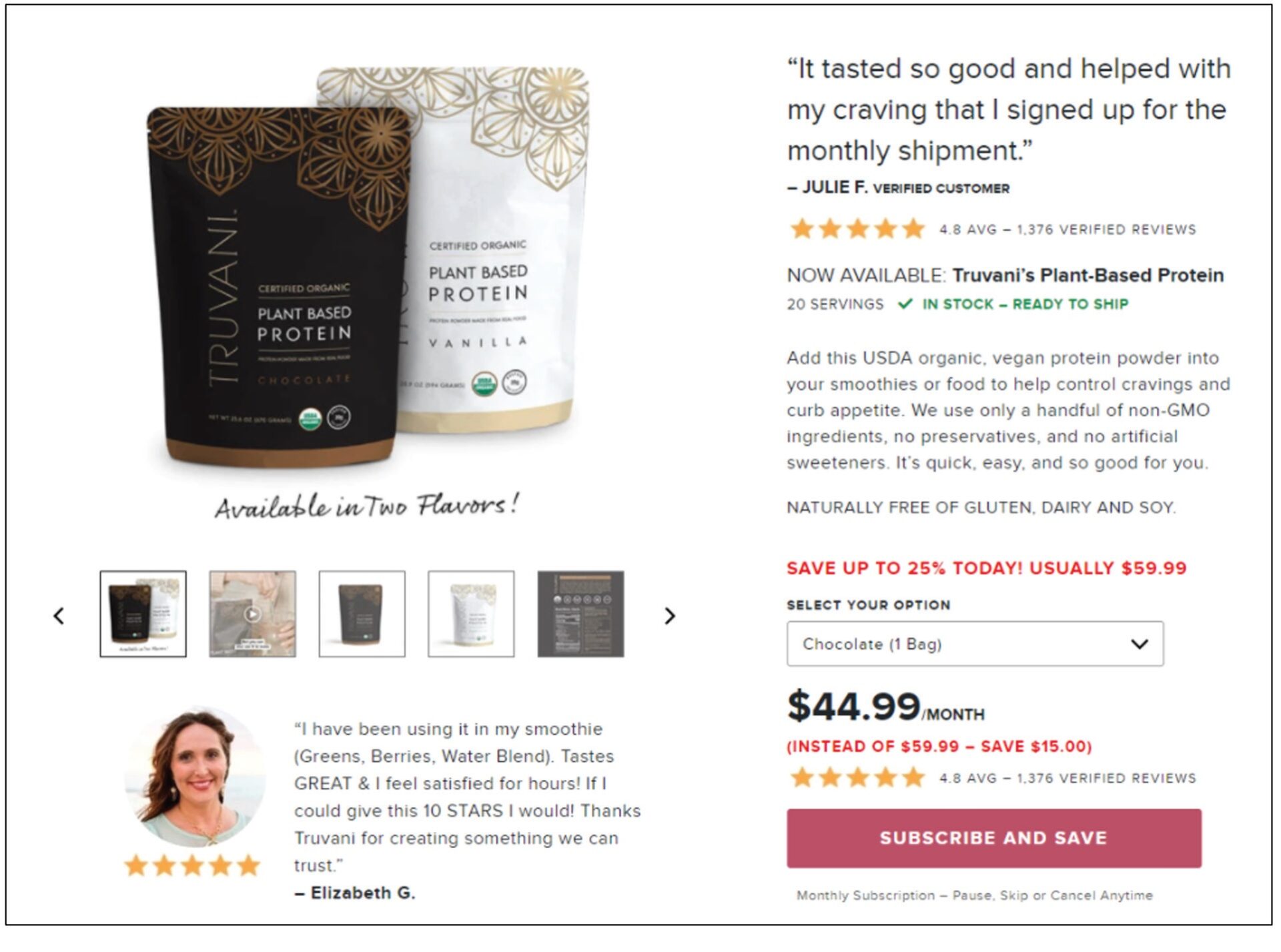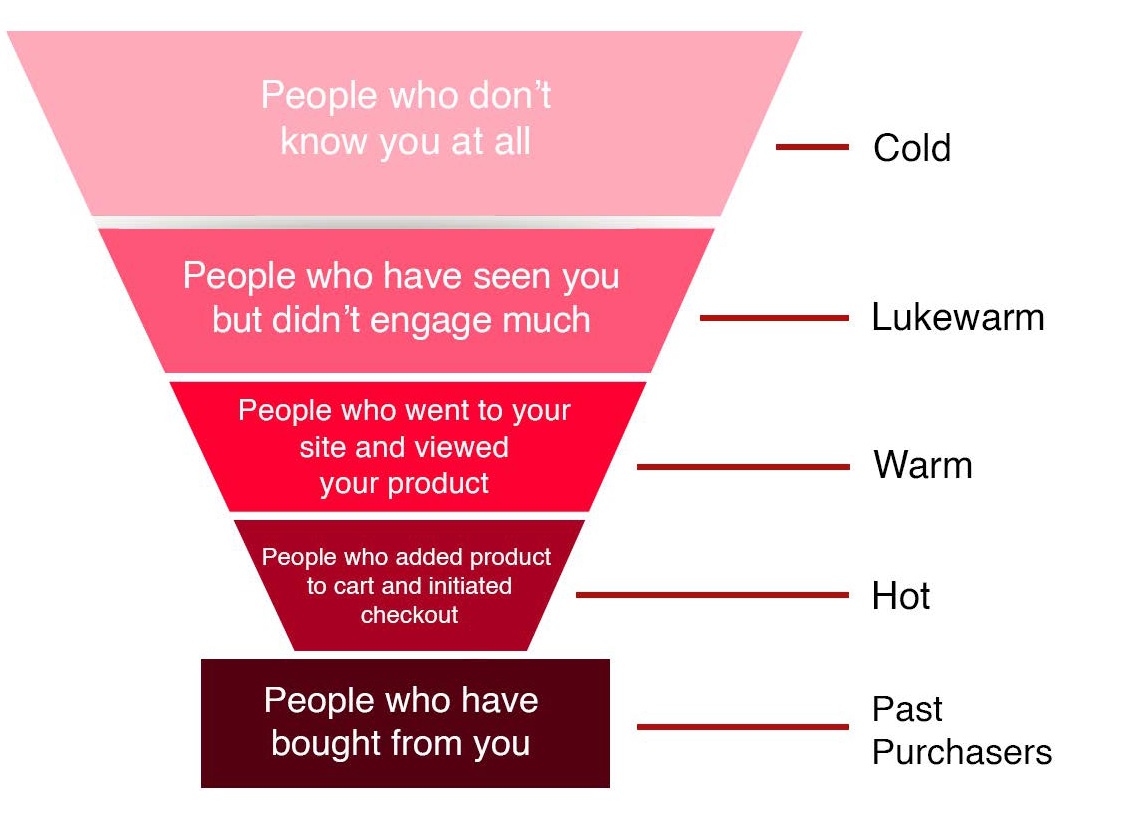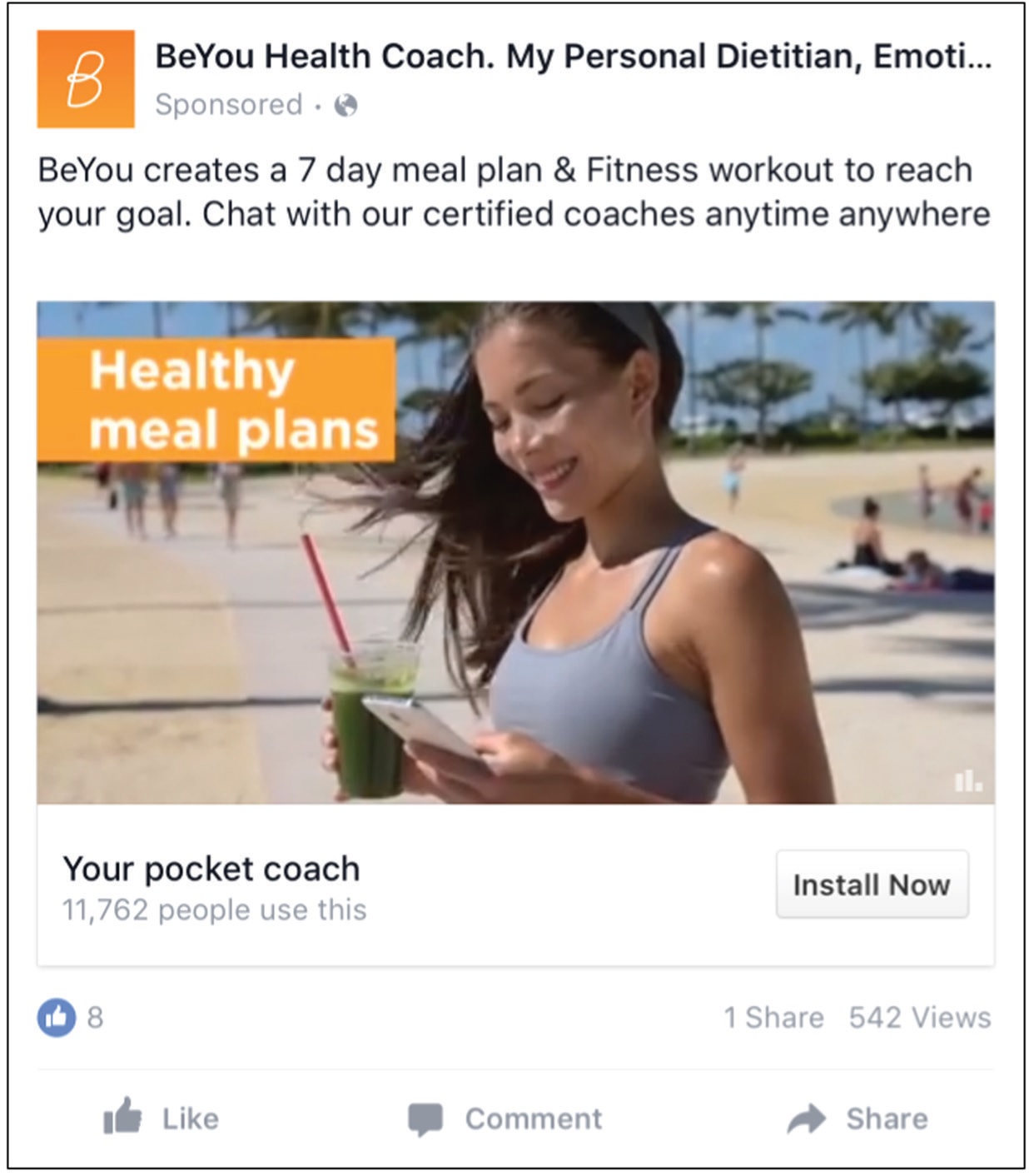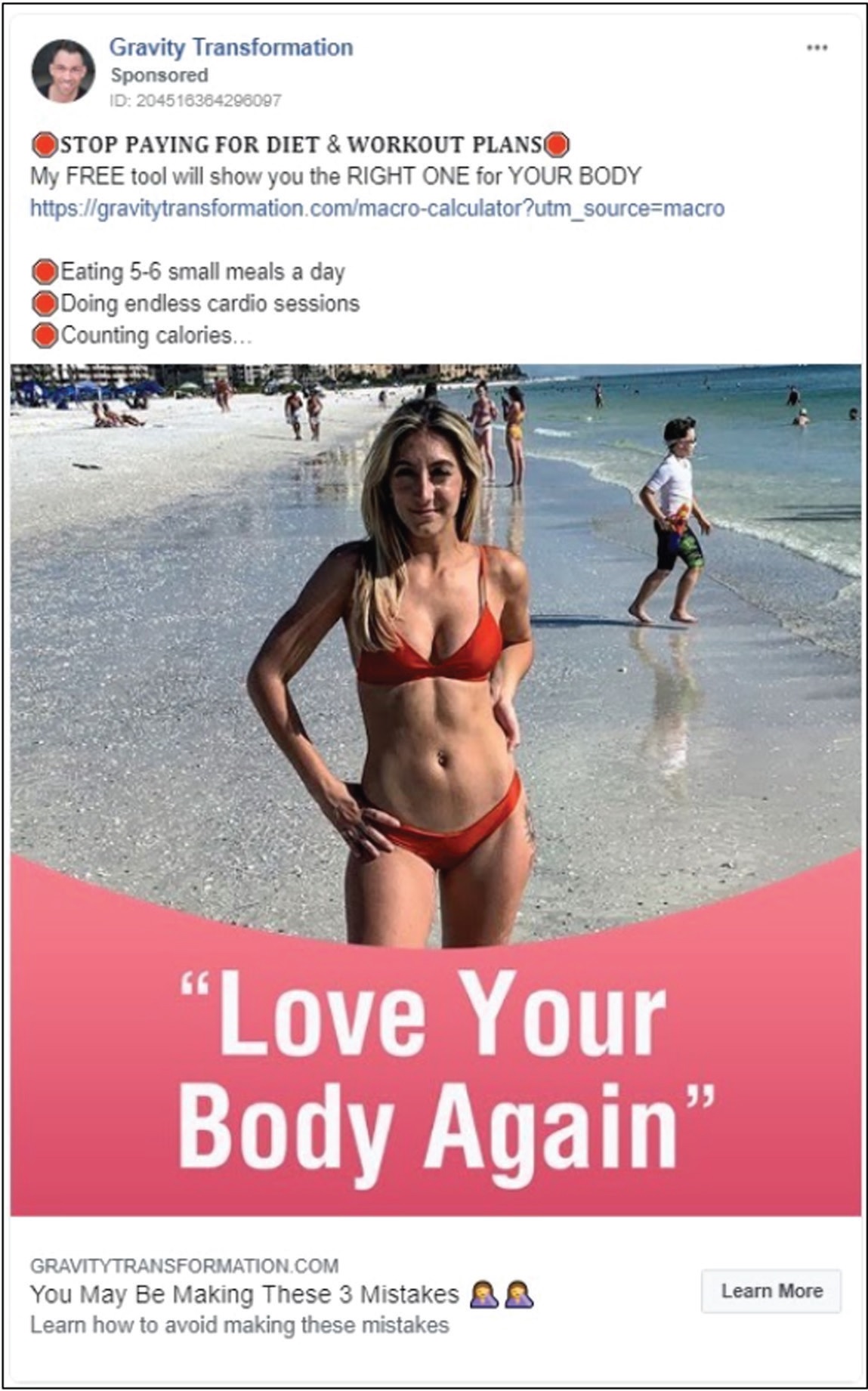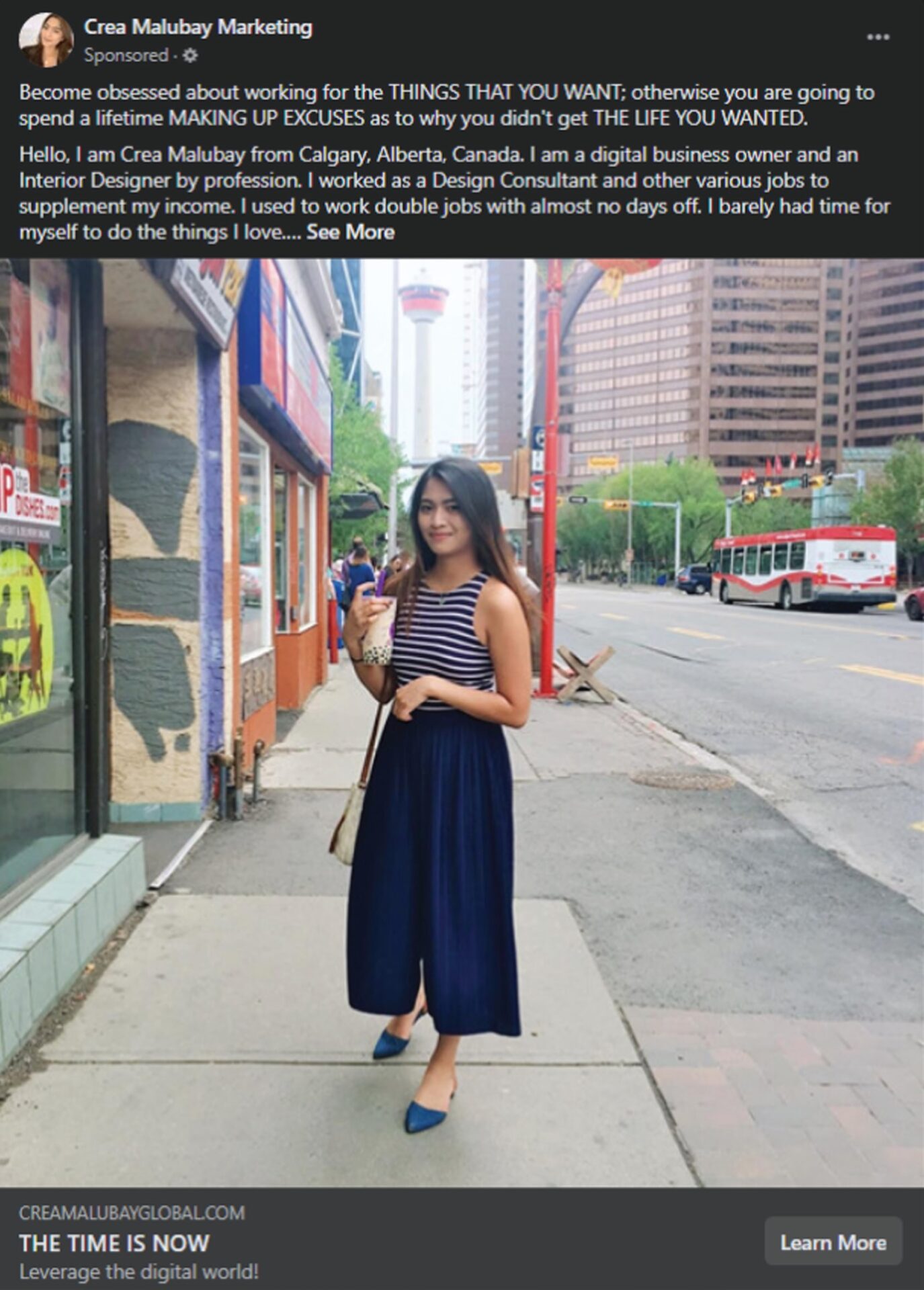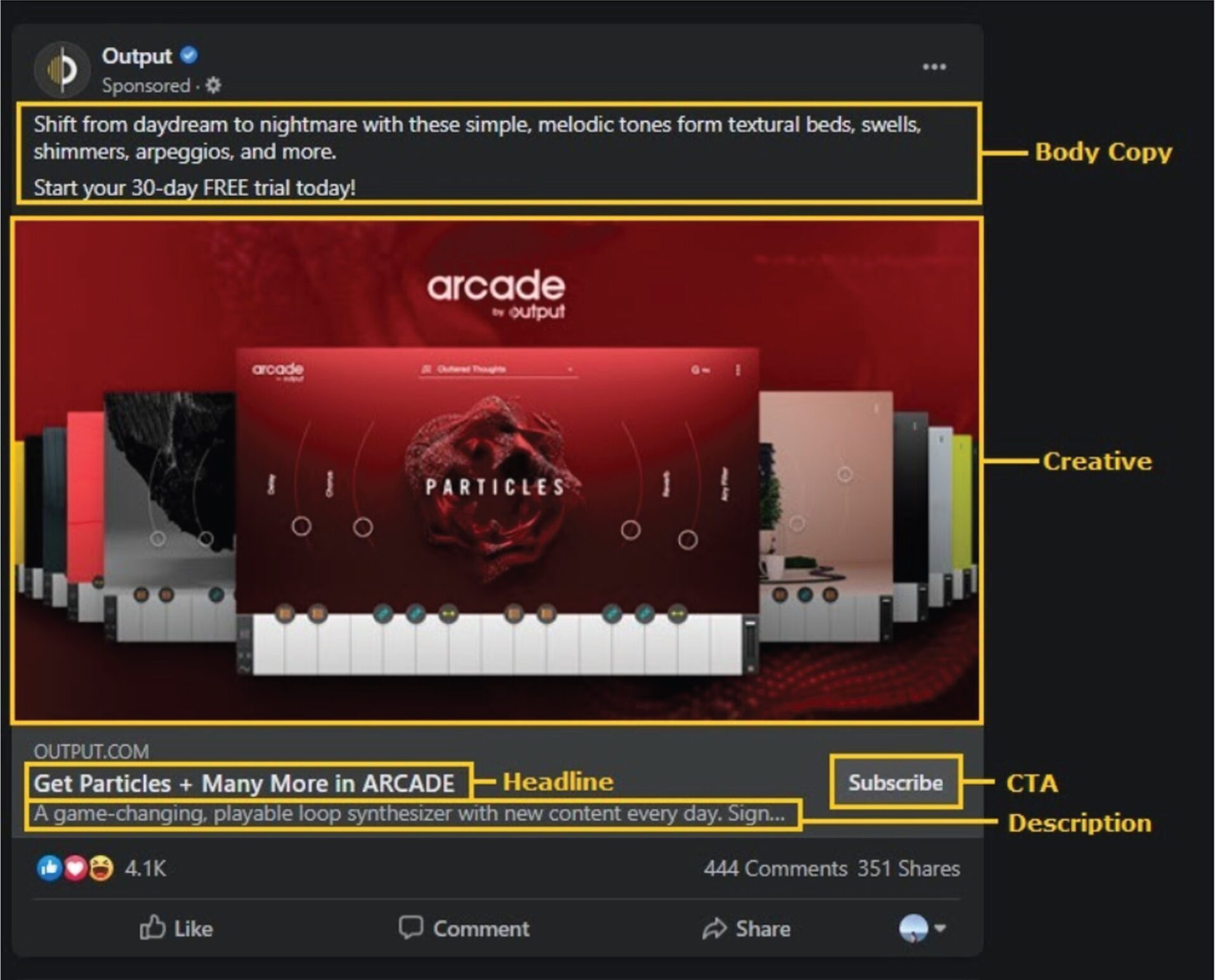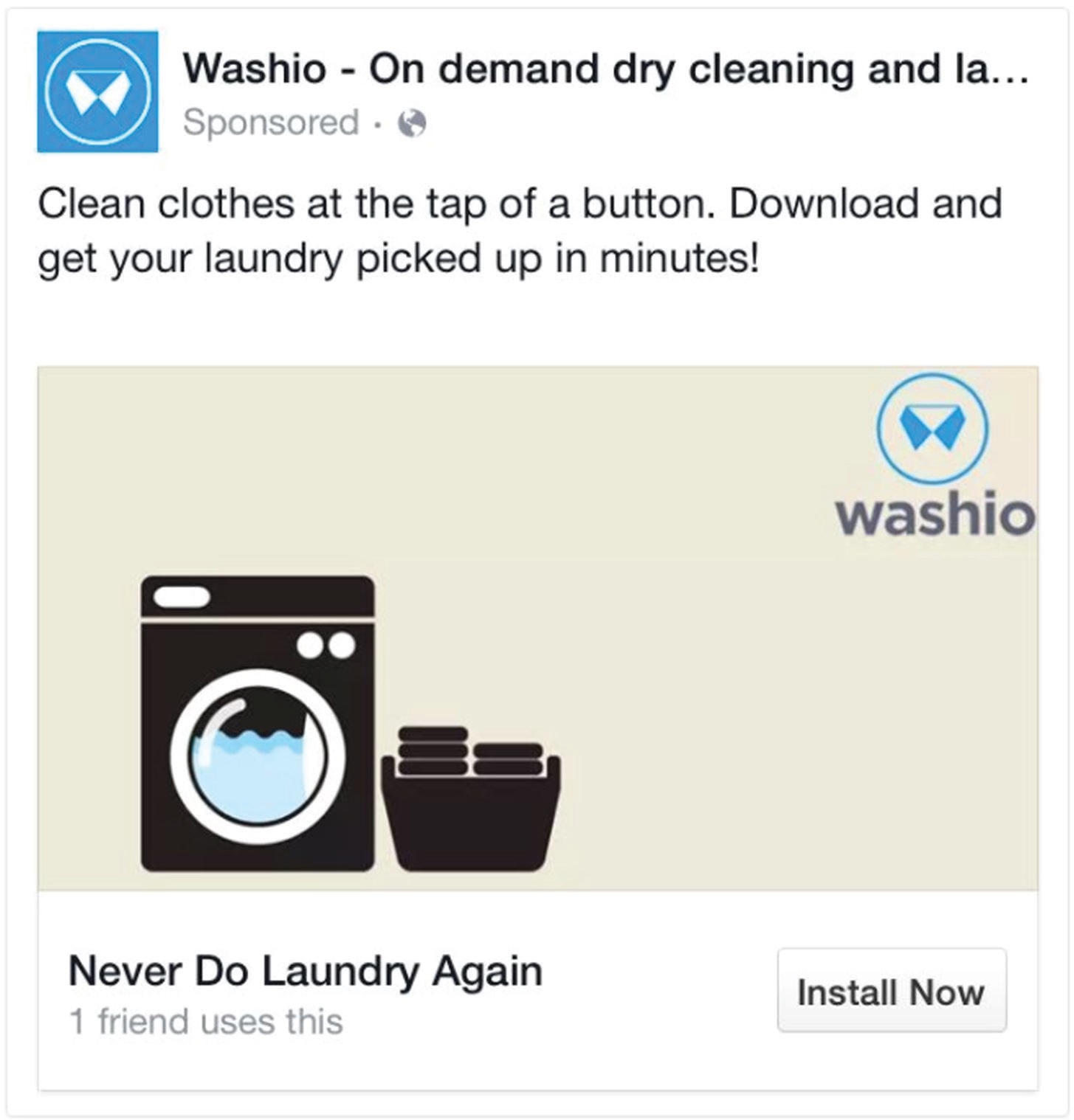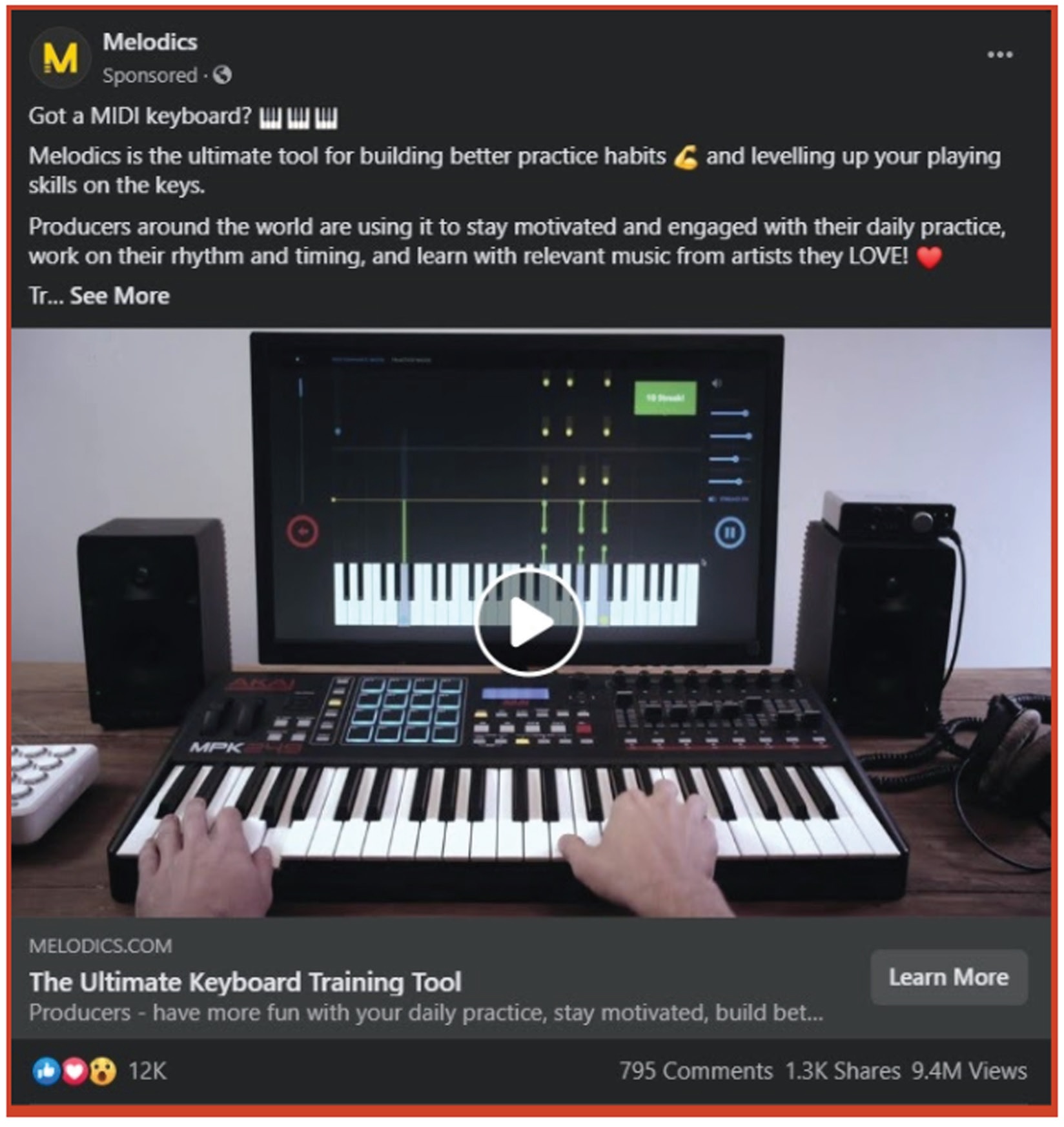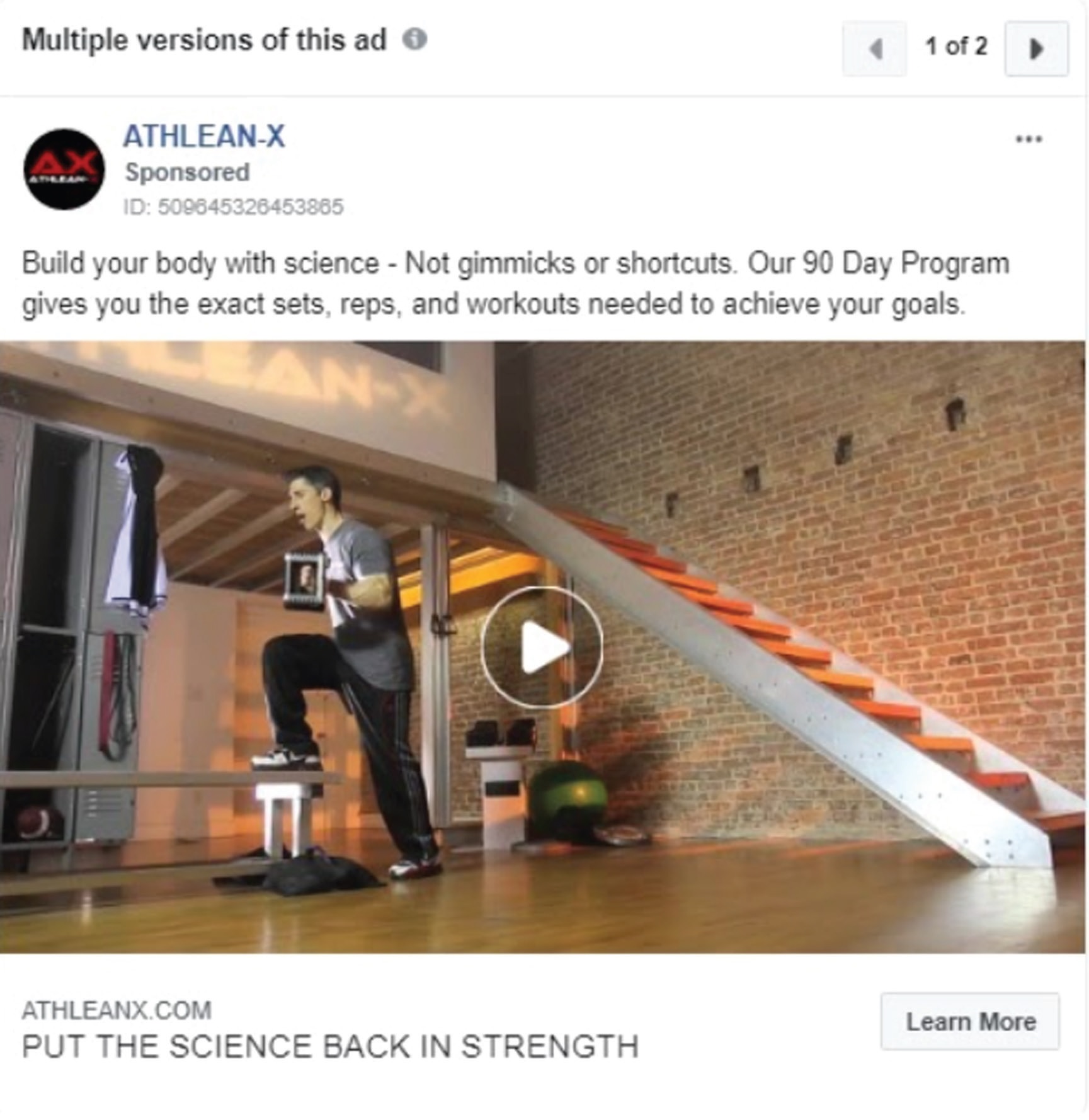In this copywriting for beginners guide, we’re going to dive deep into the specifics of copywriting. so as follows
- Why it’s important
- What you need to know about it
- How you can apply it for your Facebook Ads
And so much more.
What Is Copywriting?
Copywriting is defined as the art and science of strategically using words to persuade “people” to take action. And its main purpose is for advertising/marketing.
In other words:
1. Copywriting is a skill like sales, but in written form.
2. The words used in copywriting are called “copy.”
3. The goal of the copy is to get “people” to do something.
Who Writes The Copy And Who Is It For?
There are two people involved in copywriting. The first person is called the copywriter. He’s the one who writes copy. But without this second person, a copywriter has no purpose.
Who is this person? The reader. As a copywriter, you’ll be writing copy for a specific audience, niche, or market.
Where Is a Copy can be Found?
Copy is literally found everywhere. You see it all the time:
- Text messages
- News headlines
- Your friend’s posts
- Email subject lines
- Product descriptions
And of course, your ads.
How Copywriting is Different From Other Forms Of Writing?
Unlike content writing or editorial writing, copywriting is all about getting the reader to take a particular action. And that action might be to purchase, opt-in, or engage with a brand.
Take a look at these examples:
- This is an opt-in page:
- This is a Facebook ad:
- This is a product page:
All these images show that their copy has one purpose: To get the person to take action.
Why Is Copywriting Important?
If you have a product that solves problems, and you’re not selling it well (because your copy sucks), then you’re doing a disservice to your market.
Because if your ideal customers don’t get your product, they’re going to…
- Stay stuck in their current state
- Lose hope to ever find a solution like yours
- Keep struggling with their pains and problems
Weak copy literally deprives someone from the opportunity of living a better life. So learn how to write great copy and start bringing a positive impact to the world.
You will be well rewarded as a result.
How Copywriting is Different For Facebook Ads?
Well, it’s not really different, per se. But on Facebook, we aren’t completely free to write copy that is direct and straightforward.
Why?
Because Facebook has A TON of rules/policies in place that prevent us from doing just that.
And it’s important to know what these are so you can write copy more effectively. Other than that, it’s really not that different from the ads you usually see everywhere else.
What To Write First in Copywriting?
It’s on whether you should write your headline first before you write your body copy — or vice versa. Let us end that here once and for all.
Before you even think about writing the headline or body copy, what do you think about? The BIG idea!
So write the BIG idea first. This will serve as a compass to guide you through every word, phrase, and sentence you write. Then write a filler headline. (It’s easier to write when you have the BIG idea already.)
This will serve a guiding light on what to write about for your body copy without restricting yourself. You can always change the filler headline later on when you have a full grasp of what you’re writing about.
Cold vs Retargeting Ad Copy
There are four traffic temperatures used to identify the relationship one has with their prospects. These are: Cold, Lukewarm, Warm, and Hot.
Each step goes deeper into your funnel.
Why is this important?
By knowing where your customers are in their journey, you’ll be able to determine the messaging you’ll use to effectively grow your relationship.
Cold Audience
If you have:
- Received an email from a company you’ve never heard of before
- Received a phone call from somebody you don’t know to tell you about some promotions
- Seen an ad on FB from a brand you don’t know about
Then you’ve already experienced cold marketing. Now, when you’re running FB ads, whether it’s for your own business or your client’s, you’ll be writing copy for COLD audiences.
Which means your ads will be shown to people who have never heard about you. And your copy has to be able to make them go to the next step of the funnel and convert (no pressure.)
Why?
Because for you to grow your business (or your client’s business), you need to REACH more people. This is how you get your business known and grow your brand.
Retargeting Audiences
Just as the name implies, your retargeting copy will be geared towards people who already know about you.
They’re the people who have seen you from your cold ads, organic campaigns, social media, or any top of funnel marketing. Your retargeting ads will consist of these four: Lukewarm, Warm, Hot, and “Past Purchasers.”
Lukewarm Audience
These people have seen you, but they don’t really know you that much.
They’ve seen or interacted with your ads or your page, but didn’t perform an action yet. (e.g. clicking your ad to go to your landing page)
You can also categorize the people who have stopped interacting with your brand for over 30 days as lukewarm.
Warm Audience
These people who know you, but…
- They don’t trust you.
- They were too preoccupied to take the next step.
- They’re not that interested in buying from you… yet.
These are the people who clicked through your ads, went to your landing page, and looked around your website, but did not proceed to buy.
They’ve also read your content, follow you on Twitter/FB, or signed up for your email list.
Hot Audience
These people are close to buying from you. They have high purchase intent.
They’re the ones who proceeded to add items to cart, check out, or add their payment info. They’re also the ones who engaged with you on a deeper level, like sending you an email and asking you questions about your product.
Past Purchasers
These are the people who have already bought from you in the past. They are your customers. And it’s crucial to include these people in your retargeting and build a relationship with them.
Because of three reasons:
1. They already trust you because they’ve bought from you.
2. With the right offers, they will buy from you again.
3. They will talk about you to their friends.
Why You Should Retarget Audiences
1. To get them back into your funnel.
Not everyone who sees your ads for the first time will convert. Some of them might not be part of your target market — yet.. while some of them are still a bit skeptical and just need a little push to finally convert.
As much as possible, you want to get the latter back into your funnel.
2. Nurturing your customers (both potential and current).
A prospect’s journey doesn’t end when they purchase your product. If you’re looking to grow your business, you want to build a community of people who will love and advocate for your brand.
And as a copywriter, it’s your job to be able to write the messages that would help achieve the goals of these two types of retargeting.
4 Copywriting Formulas Every Copywriter Must Know
Most copywriters spend minutes (if not hours) just staring at a blank page… not knowing what to write about or how to start writing in the first place.
But don’t worry.
There are hundreds of copywriting formulas you can use, so you don’t have to write copy from scratch every time.
Why should you use them?
- They’re proven.
- They eliminate guesswork.
- They’re simple and easy to use.
Here is 4 formulas and these four worked best for most copywriting ads.
1. AIDA ( Attention, Interest, Desire, Action )
This is one of the oldest copywriting formulas, but it’s everybody’s favorite. Why? Because it works. Nothing more needs to be said.
2. IDCA ( Interest, Desire, Conviction, Action )
This is another different take on AIDA. Notice how attention was removed at the beginning?
3. AIDCA ( Attention, Interest, Desire, Conviction, Action )
This is a different take on AIDA. Simply add conviction in your copy to make the readers feel more confident towards taking the action you want them to take.
- Attention
Start with a sentence that can stop readers on their tracks. Catch their attention! Show your audience shocking facts or something that they will disagree or agree with — things (based on your market research) that will make them want to keep reading your copy.
- Interest
Now that you have their attention, the next step is to pique their interest with an unusual or unique info. Leverage the emotions they’re currently feeling so you can appeal to them.
- Desire
Next is to build their desire towards your offer.
- What makes your customers tick?
- What keeps them going everyday?
- What annoys them?
Then ask yourself: “How does my offer fit in all those?”
- Conviction
This is used to remove the doubts of skeptic readers. How? This is when you use testimonials, statistics, reviews, and other studies in your copy. Justify the credibility of your offer.
- Action
And finally, ask them to take the next action, the next step.
4. PAS
Probably the simplest and most common formula preferred by most writers. Why? Because just like AIDA, it works.
- Problem
Start with the problem that the reader is currently dealing with.
- Agitation
Then, dig deep and describe their pain points until it creates agitation. Sort of making them feel anxious (but not in a bad way though.)
- Solution
And now you present them with the solution your product or service is offering. Creating agitation on their problem can create a desire for them to solve that problem. So when you present the solution, it makes them want to buy your offer.
And that’s it. If you’re having a hard time writing copy, know that you have options. Use these formulas. See how well they work for your offer/audience. Keep using them until you’re confident enough to write copy without them.
The Structure of a Facebook Ad : What Copywriter should Know
Most of the time, the purpose of your ads is to get people to take a particular action: Go to your lander, fill up a form, view your catalog, and ultimately, become a client/customer.
Now, you may already be familiar with how a typical Facebook ad looks like. They don’t look very different from a regular post, right?
Here are a few examples:
As you may have noticed, a Facebook ad has 5 primary parts:
- Description
- Headline
- Creative
- Body copy
- CTA
And it’s the copywriter’s job to fill in these parts.
1. Description
A lot of people leave this blank because they believe that the description isn’t as prominent as the other parts of a Facebook ad.
Well, Lot of conducted tests and found that it does help (slightly) with the results. So write something here. It might give your ads the boost they need.
You can write a:
- Subheadline
- Key benefit of your offer
- Something that reinforces your headline
- Reminder of the key element/s found in your copy
- Reminder to your audience about the action they should take
2. Headlines
If you have to pick one between:
1. Good Headline + Subpar Body Copy
2. Subpar Headline + Good Body Copy
Which would you pick? Of course, the first one.
Why? Because of 3 things:
1. People are “busy.”
2. People have low attention spans. (They easily get distracted.)
3. You have TONS of competition. (we don’t just mean ads. There are thousands of interesting videos out there, people sharing random posts, and people’s friends and families posting whatever is on their mind.)
So you have to grab their attention right away and shock them
One of the biggest reasons why the headline is crucial is because it’s right beside the CTA button. So write headlines that are short, concise, and targeted.
How do you do that?
Determine your market’s level of sophistication so your headlines resonate with them better.
Remember:
- You’re not writing for the masses.
- You’re writing for a specific group of people.
- And the more these people resonate with your headline, the more likely they’re to convert.
Here are some examples for each level:
LEVEL 1:
Remember: “Be simple. Be direct. Name either the need or the claim in your headline—nothing more.”
LEVEL 2:
A level two headline should outbid the competition by positioning the product as having even greater benefits, features, and claims.
So why did I use this ad as an example?
1. Because the ad is good.
2. So I can show you what you can do to amplify this headline and get it to level two.
Here are three examples:
- Get This Keyboard Training Tool to Play Like the Artists You Love
- Why Are Producers Using Melodics to Learn Music Theory Faster?
- 4,373 Producers Are Using This Tool To Improve Their Workflow
Playing like the artists you love, learning faster, and improving workflow are the enhanced claims your product provides. In this market , your claim now stands out by having even greater benefits than others.
LEVEL 3:
At the third level, it’s no longer about the what, it’s now about the how — the process behind your product. And that’s exactly what this ad did. It focused on the mechanism rather than the promise or claim.
Think about it.
The program offers the same benefit as the others in the market: to get physically stronger. How is it different?
It is backed with science. That is the Unique Mechanism — the thing that makes it different from the rest of the market. That is the “secret sauce” on how he makes his programs effective.
And it’s perfectly written in the headline: “Put The Science Back In Strength.”
LEVEL 4:
Let’s use the headline from level three “Put The Science Back In Strength” and take it up a notch to fit this level.
At this level, your market has more options to choose from, so you need to give them a reason why they should choose you.
You can do two things:
1. The first thing you can do is a comparison.
2. What makes you better than your competitors?
Emphasize that in your headline. You can say: “What Makes ATHLEAN-X Better Than Your Regular Program?”
The second thing you can do is target a more specific market. ATHLEAN-X is currently talking to everyone who wants to exercise.
That’s pretty broad.
What you can do is target another market inside the current market – a submarket – like athletes. You can say: “Putting Science Back In Athlete Performance” in your headline.
LEVEL 5:
“Why Men Crack” This headline doesn’t talk about the features or benefits of a product. It doesn’t talk about any claim. It doesn’t talk about any mechanism.
It’s all about the market’s identity.
3. Creatives
Your creatives play a HUGE role in catching people’s attention. That’s because they occupy more real estate or space than the copy
Plus, they have more freedom to use visual elements (that your copy can’t) that catch people’s attention:
- Color palette
- Typography
- Thumbnails
- Layout and borders
- Animations and clips
- Shapes and patterns
- Hook/first three seconds
- Influencer or model used
Not only that, there are different creative formats you can use as well:
- Static images
- Videos
- Slideshows
- Carousels
- Instant Experience
- Collection
That’s the reason why you see a lot of people talk about creatives. But here’s the thing: Some of them think that all they need to catch people’s attention and convert them is a good creative… so they settle with an “okay” copy.
That couldn’t be further from the truth. Both have to work together if you want great results. Because what do people do when the creative arouses their curiosity?
They read the hook or the headline. Then they read your copy. So make sure your creative supports your copy by delivering the same message/promise/angle with your copy. In other words, make them congruent.
4. Body Copy
The body copy is the text you see above the image of your ad (non-marketers call this the “caption” of the image.) This is where most of the data you have gathered from the beginning of this course can be utilized.
And what you write here determines if your readers will continue down the funnel or not.
- Start with a hook/headline.
This is your first shot at grabbing your reader’s attention. It’s the very first thing they see as they scroll through their feed.
So start with a question, an interesting fact, numbers/statistics, their pains — anything to get them to stop what they’re doing and start reading your copy.
Use your market research to find any hidden nugget you can use to hook your target audience. Take note that, as part of Facebook’s update, only the first 3 lines of your copy will be shown on the ad.
And most people don’t usually click on “See more” if the hook isn’t interesting for them. So make that hook count. Once you have their attention, build up on your hook.
Give your readers the information they need to take the action you want them to take. Make sure your copy flows smoothly from one line to the next so they’ll keep reading until the end.
- End by TELLING the reader to take action (CTA).
While questions are good when used as a hook, they’re not good when used as a CTA. Take this note : Don’t “ask.”
Because asking is weak. You’re just giving your readers the option to leave. And this doesn’t get them to the next page. Tell your audience what you want them to do instead.
Guide them to the action that they should take after reading your copy.
Because what sounds stronger? Asking? “Want to learn more about xyz? How about joining our 3-day event?” Or telling? “Learn more about xyz. Join our 3-day event.”
What makes you want to click? The latter, right? Right. You don’t want to ask them if they want to do something. You want to tell them.
Writing A High-Converting Body Copy
There are a few components you need to always remember when writing your body copy.
ABOUT YOUR OFFER:
- Your USP
- Your irresistible offer
- Your unique mechanism
ABOUT YOUR MARKET:
- Who you are speaking to specifically
- Their level of sophistication
- Their level of awareness
Without having a full grasp of these components, your body copy will fail to deliver the right message. In fact, you will lose them. So use what you’ve gathered in your research to make your copy compelling.
The 5 Effective Copywriting Methods
There are a lot of things you can write about in your body copy. Here are a few angles you can use:
- The stories from people in your market.
It’s a bonus when you use your own customers’ stories about how your product helped them improve their lives.
This adds a lot of credibility. Just make sure you include their name and face in your ad. Make them comment on it as well.
You can get this by asking your customers to answer a survey in return for a discount or a freebie, or you can create a community – like a Facebook group – where your customers can freely talk about your product/brand.
- The features and benefits
The features and benefits of your offer and how it can transform your audience’s lives,
- Their goals and aspirations.
You can easily find these in forums. Use future pacing (a technique to make your readers imagine themselves living a desired future) here.
Talk about how your offer can help your market turn their dreams into a reality. Make them think about how amazing their life would be with your product.
- Market’s fears/pain points
Nobody wants to be troubled. Nobody wants to be annoyed. Nobody wants to be distressed. So remind your market of the problems they want to solve. And show them how your product can solve those problems.
- The potential objections/roadblocks
they may experience potential objections/roadblocks from buying your product. We want to break objections before they are even formed in our audiences’ minds. This helps make the buying process seamless.
Handling Potential Objections
People will always have objections, although not the same. Your job is to find out what possible objections your target audience may have with your product.
And we have the perfect tool to help you with that… a stupid simple process that almost nobody else use — even though it’s so damn effective.
For example:
Let’s say you’re selling moisturizing creams. List down all your target market’s common objections in a document or a piece of paper.
- Is this a scam?
- It’s too expensive.
- How can I trust you?
- This won’t work for my skin.
- How quickly does it take effect?
- Why is it so cheap? It doesn’t sound legit.
- How is it better than what I’m using now?
- How is it better than others in the market?
- This might damage my skin more than fix it.
- How do I know this even works in the first place?
- I’ve tried everything so I know this won’t work for me.
- I’m scared to try it because there might be dangerous side effects.
- There are so many moisturizing creams in the market, this isn’t any different.
You’ll eventually have more of these objections coming from your ads’ comments, email replies, and messages/DMs. Make sure to record them all.
And when you have enough objections written down, rank them in order. What’s the most common/frequent/crucial objection?
In this example, they are:
- Why is it so cheap? It doesn’t sound legit. Others in the market are expensive…
- How can I trust you? How can I be sure that your claims are true?
- Is this a scam? I don’t know anyone using this product…
Here’s how you use them in your ads:
1. “Why is it so cheap? It doesn’t sound legit. Others in the market are expensive…”
- Say, “No more middleman. We sell them straight to you at wholesale prices.”
- Show them the process. Let them know how you’re achieving this.
- Show them the ingredients and what each ingredient does for them.
- Let them know that your product may be cheap, but it’s of high quality.
2. “How can I trust you? How can I be sure that your claims are true?”
- Show them the testimonials of your customers that talk about trust – Like how they were so skeptical at first but they decided to buy your product anyway and then loved it.
- Tell them why your brand exists.
- Use words that convey trust
3. “Is this a scam? I don’t know anyone using this product…”
- Show them the testimonials of your customers that talk about how much they love you.
- Show them your customers’ faces. Show them that they’re using your product.
- Say, “Trusted by 3,743 women” or “Over 24,000 beauties love our lotion.”
By doing this, you’re subtly handling objections and turning them into powerful angles. Now do this for every other objection that you have and test them out.
check more interesting articles:
How to write Copywriting – From Beginner to Expert
8 Tips for Writing a Copy That Make People to Take Action
17 Hacks To Writing High Converting Sale Copy
10 Types of Copywriting Headline Frameworks
Conclusion
Working is required in order to be successful in copywriting. It is possible, however, to accomplish it correctly, you should follow a few simple guidelines in this post.
Consider Following a Course ?
With Lifetime Access ?
We have been the number 1# platform for delivering most demanding course. Becoming Lifetime Member , You will receive all the Premium content For FREE

Consider Following a Course ? With Lifetime Access ?
We have been the number 1# platform for delivering most demanding course. Becoming Lifetime Member , You will receive all the Premium content For FREE


